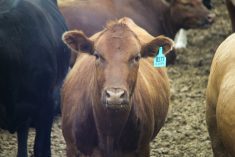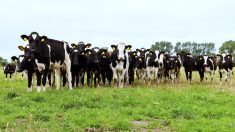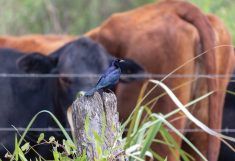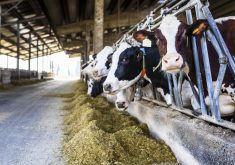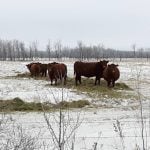Dairy Farmers of Canada has set a target for the sector to be net zero by 2050 — and is accompanying the pledge with a publicity blitz on billboards, radio, YouTube, TikTok and the internet.
But how it will reach that ambitious emissions-reduction goal is still to be worked out.
“We said that net zero by 2050 is achievable, despite the fact that we don’t have all the answers right now,” said Korb Whale, an Ontario dairy farmer who has won several awards for sustainability practices and sits on the organization’s sustainability working group.
Read Also
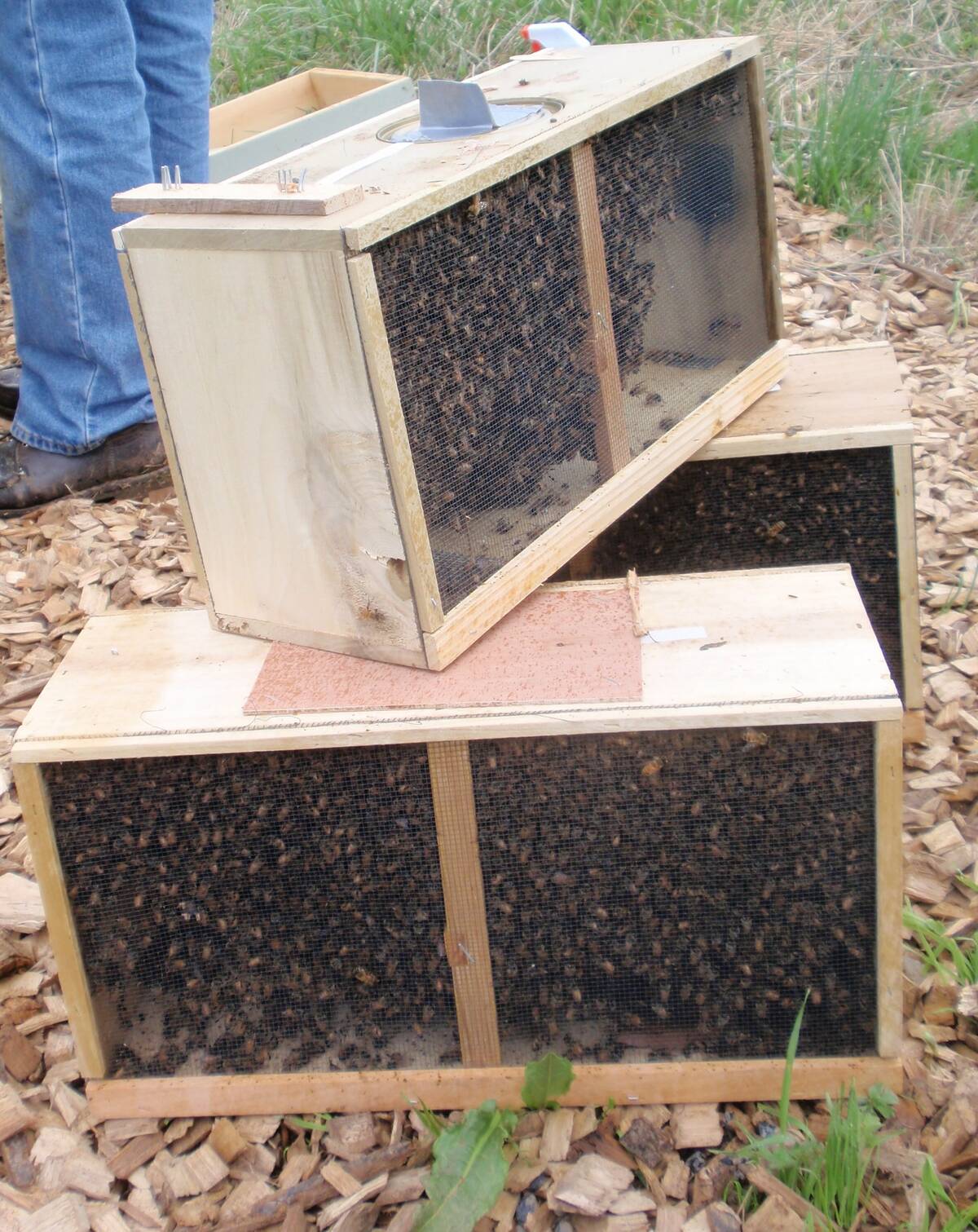
Canadian beekeepers call for regulatory accountability
Beekeepers say the Canadian Food Inspection Agency should restore U.S. packaged bee shipments, claiming the agency isn’t following evidence.
“Because it is a huge country, there are vast differences in geography and attitudes and everything else across the country. We are much stronger working together than working apart, so we needed to find a program that could suit every farmer across the country in some way, but not in the same way.”
Building an agreement to try for net zero by 2050 required much consultation between provincial representatives, dairy farmers and experts in the field. A number of ways to lower emissions from dairy farms have been identified, said Whale.
“If we were to do everything we know right now, we could reduce our greenhouse gas impact by 70 per cent,” he said. “Twenty-five years ago, none of us had cell phones in our pockets. We have 25 years to achieve this goal, so that last 30 per cent — we’re counting on future development to achieve it. But we think that it is really possible.”

The Dairy Farmers of Canada is comfortable aligning itself with the goals of the federal government, the Paris Accord and other non-governmental organizations that want to achieve net zero by 2050, he added.
“That’s why we established that goal. We wanted to get in front of it so we could direct our own program, rather than be told what to do by government or industry.”
The trick now is to get farmers to buy in to the idea.
“We’re generally a conservative bunch, and we don’t like change very much,” said Whale.
The organization has been making a menu of best management practices and crafting a communications strategy to get the information to producers, he said.
There have been three types of responses from producers to the net-zero pledge, which was announced earlier this year.
“About 10 per cent of people are gung ho and want to know when and how to start,” he said.
Another 30 per cent are hesitant, don’t believe in climate change, and don’t think making changes matters, he added.
“Then there’s the mushy middle, who just aren’t sure how to go about things. Our focus is on the majority — the ones in the middle and the ones who are keen.
“We need to provide resources for those who are keen and those who don’t know what to do so they can make decisions on their own.”
The program is “totally voluntary.”
“So, if we don’t make this appealing enough, no one is going to do it, and we won’t achieve our target.”
Part of the initiative is focused on capturing data around environmentally friendly practices, since the carbon market could be another revenue stream for farmers. To date, more than 80 environmental management practices have been noted on the menu.
‘A great idea’
She and husband Thomas, who have four children, milk about 90 cows near Ferintosh. A few years ago, they put 144 solar panels on their sheds so they could run their dairy barn on solar energy.
The van Assems were asked to participate in the ‘I’m In’ media campaign touting the net zero pledge.
“Really, I think it’s a great idea to get a lot more farmers involved in the long-term planning, instead of just the short-term gains,” she said. “Being net zero by 2050 is not out of reach. It’s something that we could probably achieve if everyone collectively worked on it.”
In the past few years, van Assem said she’s seen a lot more dairies install solar panels.
“We have such big infrastructure that we can fit the panels on the barn roof or something like that, so we’re not taking up land space,” she said. “Dairy farms need a lot of energy — around milking times, the pumps and the start-ups — it draws a lot of energy so having the solar panel to offset some of the daily stuff really does help.”
Whale is part of a group who invested in biodigesters, which use manure, bedding from dairy barns and food waste as feedstocks. Biodigesters are an example of how reducing emissions can be a good business decision — and that message needs to reach other producers, he said.
“We have to show them that if you get on this path, not only will it be good for our collective industry, but it will help our consumers and be good for your bottom line on your farm.”
It’s also important to counter the often-negative portrayal of animal agriculture, Whale added.
“We don’t often have the opportunity to promote the good that we do every day,” he said. “Sustainability is one of those things, but it’s something that really resonates with consumers right now.
“This is not a fad for us. This is something that we’ve been working on for decades. In the last 25 years, the greenhouse gas emissions per litre of milk have gone down 30 per cent, through the efforts that we’ve been doing already.”
His message to farmers is to start aiming for net zero by doing just one project.
“It’s amazing how one leads to the next, to the next.”
At his farm, Whale started with shelterbelts, which led to cover cropping and then to no-till farming.
“I would encourage farmers to try one thing that makes sense for their farm,” he said. “Find someone who has done it before, and learn from their mistakes.”





